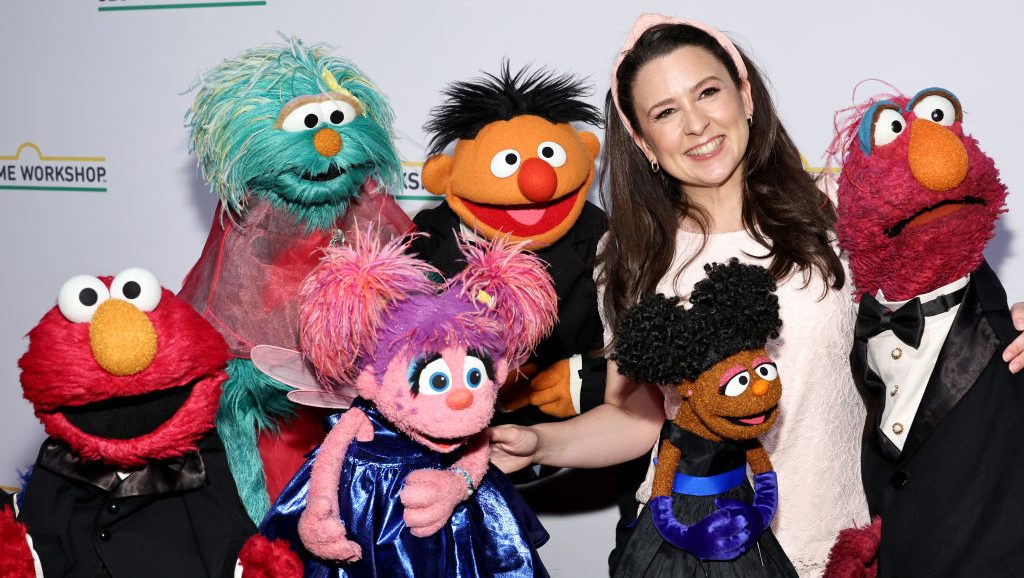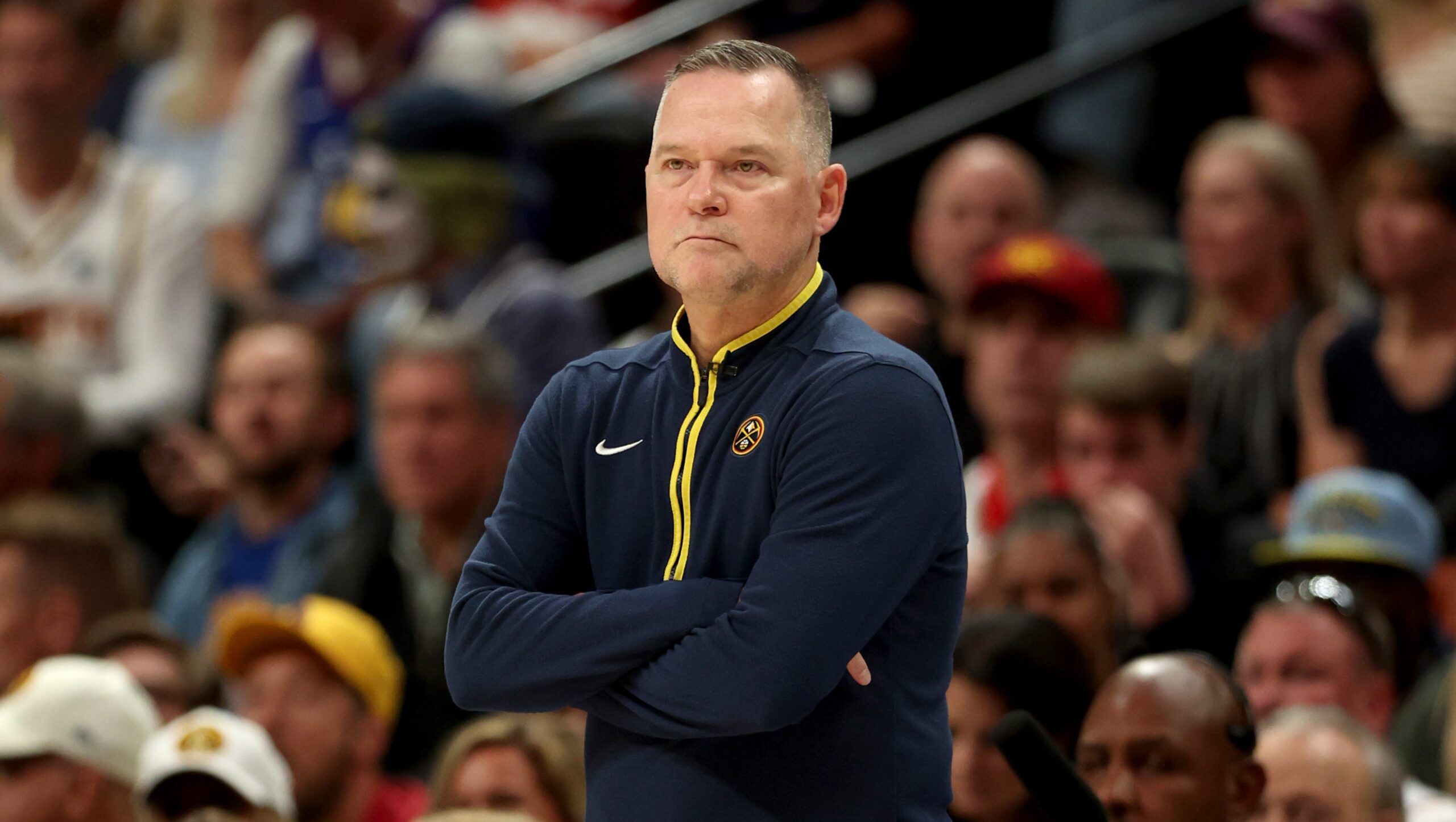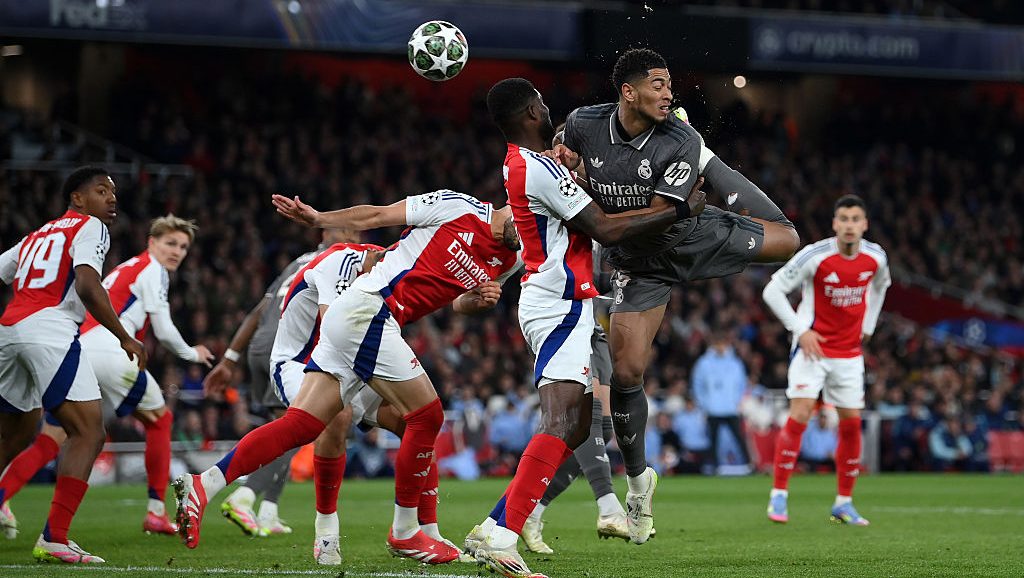As international locations enhance tax incentives and develop bigger numbers of certified crews and state-of-the-art amenities, Europe has change into a buzzing worldwide manufacturing hub for movie and TV. With a wealth of choices to select from, how are line producers deciding the place to shoot? And the way are service suppliers attracting purchasers?
“It doesn’t take numerous mind energy to comprehend that it’s simple to maneuver now,” says producer Rick McCallum, co-founder of Prague-based manufacturing firm Movie United. “For years, particularly in England and the U.S., folks had been horrified to strive capturing in Central or Japanese Europe due to the language and foreign money variations however now there are beneficiant incentive applications and cheaper labor prices. If it can save you 20% in your finances, you progress.”
The Czech Republic is without doubt one of the prime European locations for worldwide shoots, with McCallum including that “crew prices simply 25 to 30% lower than most Western European international locations.” Plus, the native tax rebate, which is without doubt one of the swiftest within the area with an eight- to 10-week processing window, has now been elevated to 25%, which the producer says “makes the nation a bit of bit extra aggressive in opposition to Hungary at 30%.”
Hungary, which pioneered tax incentive schemes by introducing its first rebate in 2003 to encourage native movie manufacturing, has been subjected to very welcome business consideration this 12 months. Brady Corbet’s “The Brutalist,” Pablo Larraín’s “Maria” and Denis Villeneuve’s “Dune: Half Two” are among the many high-profile movies just lately shot within the nation.
Adam Goodman of Budapest-based Mid Atlantic Movies says that Hungary “all the time bought itself” and that if something, the issue is capability. “It’s downside to have. We strive to not take greater than we will help and overrepresent what the town can do however the panorama appears to be like good for 2025. We have already got 4 greenlit exhibits and the tax incentive stays sturdy.”
Goodman highlights that whereas the tax incentive within the nation is presently at 30%, “you’ve got a international spend uplift and the mix of your native spend and your international spending uplift is an efficient incentive of 37.5%.” This places the nation in a fantastic place in relation to neighboring rivals, with the producer including that “there’ll all the time be cheaper locations to make films, however we have now the levels, the help and the infrastructure to supply huge movies and exhibits.”
This mix of strong incentives and infrastructure is what attracted Larraín to shoot “Maria” in Hungary after having shot “Spencer” in Germany. Producer Janine Jackowski of Berlin-based Komplizen Movie says that the Chilean director “would have liked to shoot ‘Maria’ in Germany however the regional help within the nation is at 16% whereas Hungary is at 30%.”
“We’re preventing very onerous in Germany to get a brand new tax incentive system that we hope will likely be in place at first of subsequent 12 months,” provides Jackowski. “We’re speaking about 30%, which is the minimal you might want to keep aggressive in Europe. In case you have greater than a ten% distinction between international locations, there is no such thing as a approach you’ll be able to compete.”
Head of manufacturing at Stillking Movies David Minkowski echoes that sentiment, saying that “even a 5% distinction in a rebate will push a film to shoot in a territory which may not in any other case have been the primary artistic alternative.” Stillking has remained on high of in style up-and-coming capturing locations for over 30 years, with places of work in cities like Prague, Malaga, Belgrade, Budapest and London.
“Loads of studios have been constructed concurrently the streamers started spending much less. These two issues together meant there was extra studio house accessible than required, which suggests folks search for the perfect locations and greatest worth,” provides Stillking managing director Matthew Stillman.
“Finest worth is a mix of excellent, well-funded, well-structured rebate schemes and simply wise native prices. And the place you get the mix of these two issues, these locations are highly regarded.”
“Consumers aren’t shopping for as a lot and producers aren’t producing as a lot as they used to,” provides Minkowski. “For this reason there may be an additional deal with worth for capturing. Whereas that has all the time been true, I might say it’s twice as necessary proper now.”
The post Award Contenders Benefited From European Incentives and Crew appeared first on Allcelbrities.









